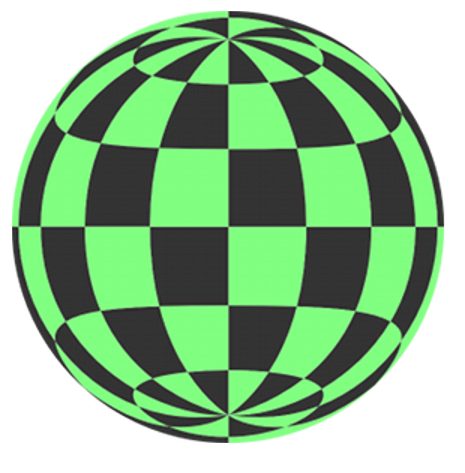Quasar Distribution.
Quasars seem to consist of active galactic nuclei where the swirling in-fall of matter towards the central black hole of a galaxy causes the emission of massive amounts of radiation.
We have observed about a million quasar galaxies amongst the estimated 100 or more billion galaxies. As quasars seem to emit such unfeasibly vast amounts of energy, theorists have concluded that they must emit it mainly as beams which project out of the spin axis of the black hole and its accretion disc, rather than spherically in all directions. In this they behave very much like Pulsars which consist of rotating neutron stars with radiation beams coming out of their magnetic poles.
Thus, we can only detect Quasars that have one of their radiation beams pointing roughly towards us.
The closest detected Quasar to us lies about 0.6 billion light years away and the apparent density of Quasars in the universe seems to increase markedly with distance. This has become interpreted as supporting evidence for a big-bang expanding universe theory in which earlier galaxies had more material close to their black holes and behaved as Quasars until the black hole had consumed it. This assumes that galaxies have tended to undergo a one way evolution from having an active nucleus to having an inactive one.
Additionally, if quasar light originates from close vicinity to a black hole then it may start its journey with a substantial gravitational redshift anyway. Some quasars seem associated with galaxies that have far lower redshifts.
Hypersphere cosmology asserts that galaxies recycle and reform themselves endlessly and that galaxies at all stages of change will appear over all observable space and time, and that observers will find more quasars at long distances because of the positive curvature of spacetime.
If we assume that the spin axes of widely separated galaxies lie randomly orientated with respect to each other, then we should only expect to observe a small proportion of all quasars. However, positive spacetime curvature has a lensing effect on light and other forms of radiation that allows us to see more of the surface of an object than in flat spacetime, and the effect increases with distance.
For example, observers can see 70% of the surface of a neutron star rather than just 50% of it because of the curvature of spacetime around such a dense object.

In a hyperspherical universe we could in principle see 100% of the surface of an object at antipode distance. It would appear as spread around the observer’s entire spherical horizon. If such an object consisted of a Quasar, the observer could in principle see both polar beams from it coming apparently from opposite sides of the universe.
Thus, the further away a Quasar lies from an observer, the higher the probability that spacetime curvature will ‘tilt’ the rotation axis of that Quasar in the observer’s direction.
Breaking News
https://academic.oup.com/mnras/article/522/2/1736/7035603
The occurrence of greater numbers of quasars at long cosmic distances has become interpreted as evidence for the evolution of galaxies since a big bang, on the basis that younger (more distant) galaxies would have plenty of gas surrounding their central black holes, this gas would become sucked in to give rise to the quasar effect, and then when it had become exhausted the quasar activity would cease.
It now seems that quasar activity arises from the collision of galaxies driving gas towards their central black holes.
In which case, quasar distribution ceases to provide supporting evidence for the big bang hypothesis!!!